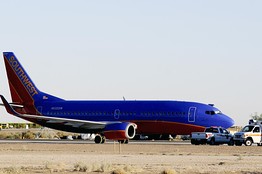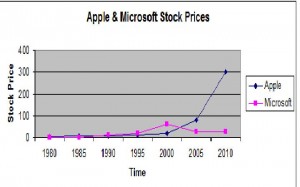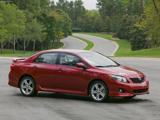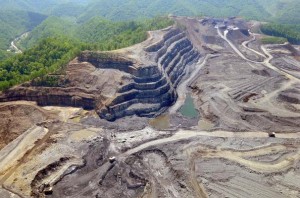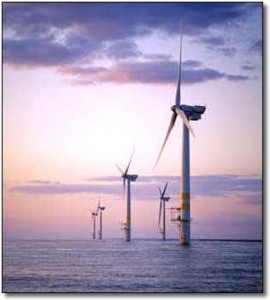Tweet
![]() What Conservatives and the Tea Party get right, and what they miss.
What Conservatives and the Tea Party get right, and what they miss.
Anyone who looks closely at “Business as Usual” inside the Beltway or at local government can find waste and corruption. So it’s easy for conservatives, members of the Tea Party, liberals and progressives to rail against and rally around fighting waste, corruption, and abuse of power.
While liberals and progressives tend to focus on government corruption and the abuse of power, conservatives and the Tea Party tend to focus on what they see as waste in government. They advocate a laissez faire model of government – that government is best which governs least. It is difficult to argue against this. The United States is founded on freedom of expression and free enterprise. American citizens, residents, and guests are free to do what they want, as long as those actions don’t infringe on the rights of others.
However, this lack of infringment on the rights of others is a reasonable and restrictive qualifier which opens the door to regulations and enforcement. Simply put, just as we are free to pursue happiness, we are justified in establishing police forces to protect us from others whos pursuit of happiness infringes on our rights. Self-regulation is ineffective: a fox guarding a henhouse is going to eat chicken. Similarly, regulation without enforcement is pointless. Enforcement consisting of a slap on the wrist, a wink, and a martini sets up a positive feedback loop that reinforces the action rather than a negative feedback mechanism that changes the behavior. Continue reading
